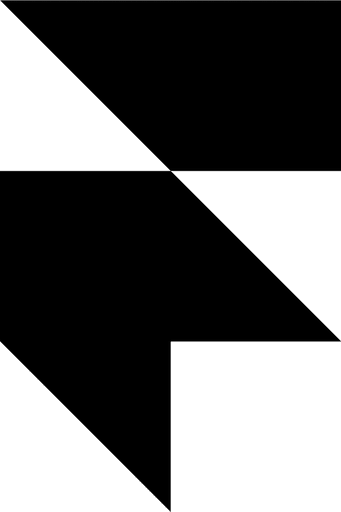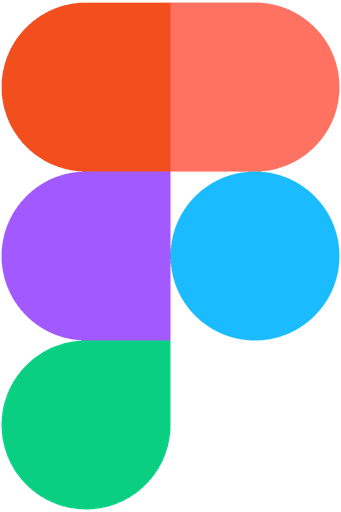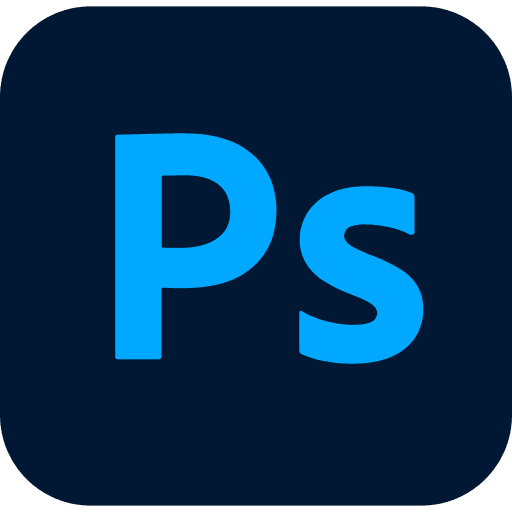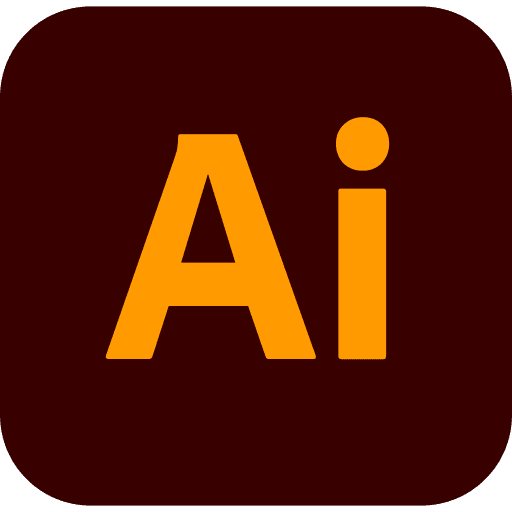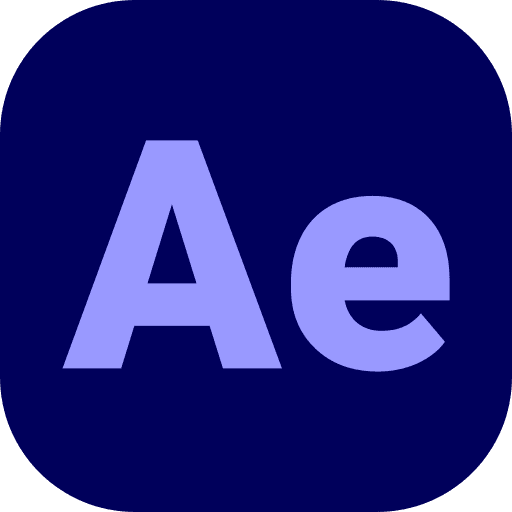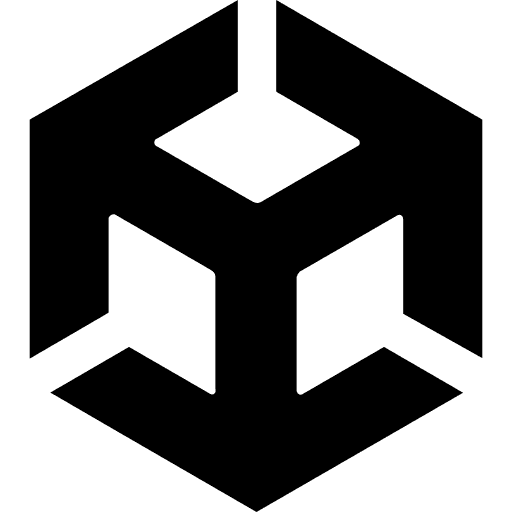4 Years of Updates for Hungry Shark World
An overview of my work on a 6-year old product that reached over 1 billion installs across its whole franchise while under my care. Building for a dedicated user base with outdated software.
Role
Senior UX/UI Designer
Location
London, UK
Ubisoft London
20000+
Challenge
After six years live, the product faced several challenges. Accumulated tech debt led to major issues impacting both user experience and our store rating. Additionally, our most dedicated players had unlocked all available content and had no goals to pursue.
Solution
Follow a "tick-tock" update rhythm: one update focused on adding new features and content, followed by the next update dedicated to addressing tech debt and improving performance and stability.
Develop a feature that offers our most dedicated users endless replayability along with access to the highest-tier rewards.
Design systems that encourage consistent return engagement by providing users with a continuous stream of goals to pursue.
15 Updates
Released under my care
~12Million
Dollars every year
1 Billion
Instals across the franchise
Process
Product Strategy
Create engaging and financially relevant features for our veteran community.
Focus on new features that drive the highest user growth, guided by a mix of creativity and data.
Monetization had to align with the in-game economy, with data-driven, engagement-focused features performing best.
My Development Process
70% Consistent: Working within the constraints of the UI library and product UX, I delivered engaging features that met business goals on time.
30% Improvement: Allocate time whenever possible on organising the UI library, while also planning and creating all components for a future redesign of the product.
Design Strategy
When I joined, the team prioritized speed over process. With A/B testing, an active community, and years of data, I saw an opportunity to bring structure by applying the reverse double diamond as a design strategy.
Wireframes and prototypes
With a large library of ready-made assets and components, my role was to curate, organize, and identify reusable elements for upcoming features. This allowed me to quickly create hi-fi mock-ups and fill in gaps as needed.
Once approved, I prototyped directly in-engine, streamlining the process and enabling fast, iterative improvements on the final product.
Visual Design
Although I maintained a consistent overall style for the product, each feature was uniquely themed. This meant the core visual principles stayed the same, but the theme could vary with every update.
Preparing for the Future
Although this product is intended to be replaced in the long term, we needed to keep it functional and successful in the meantime. Design-wise, it required a full overhaul, the underlying system was outdated, and the rasterized visuals were hard to update. With each release, I dedicated time to preparing for a future redesign by updating assets and reworking the overall design.
Conclusion
Looking back at my work on Hungry Shark World, it was very clear that data driven choices was what kept the product alive for so long. We were always focused on what the users wanted and how we could provide that service, but only when it made sense financially.


